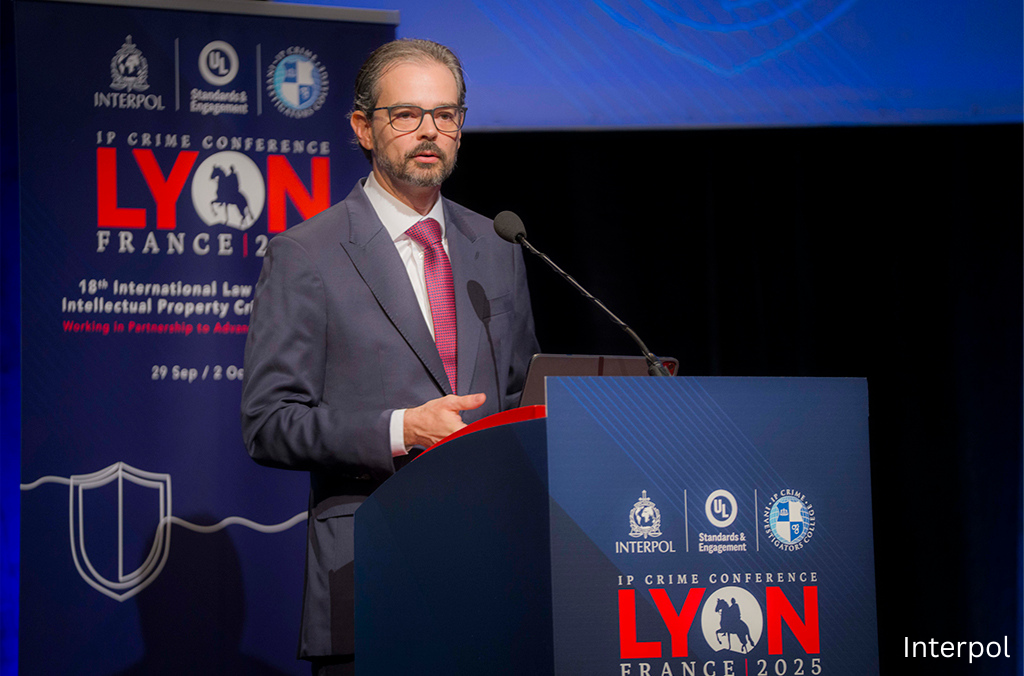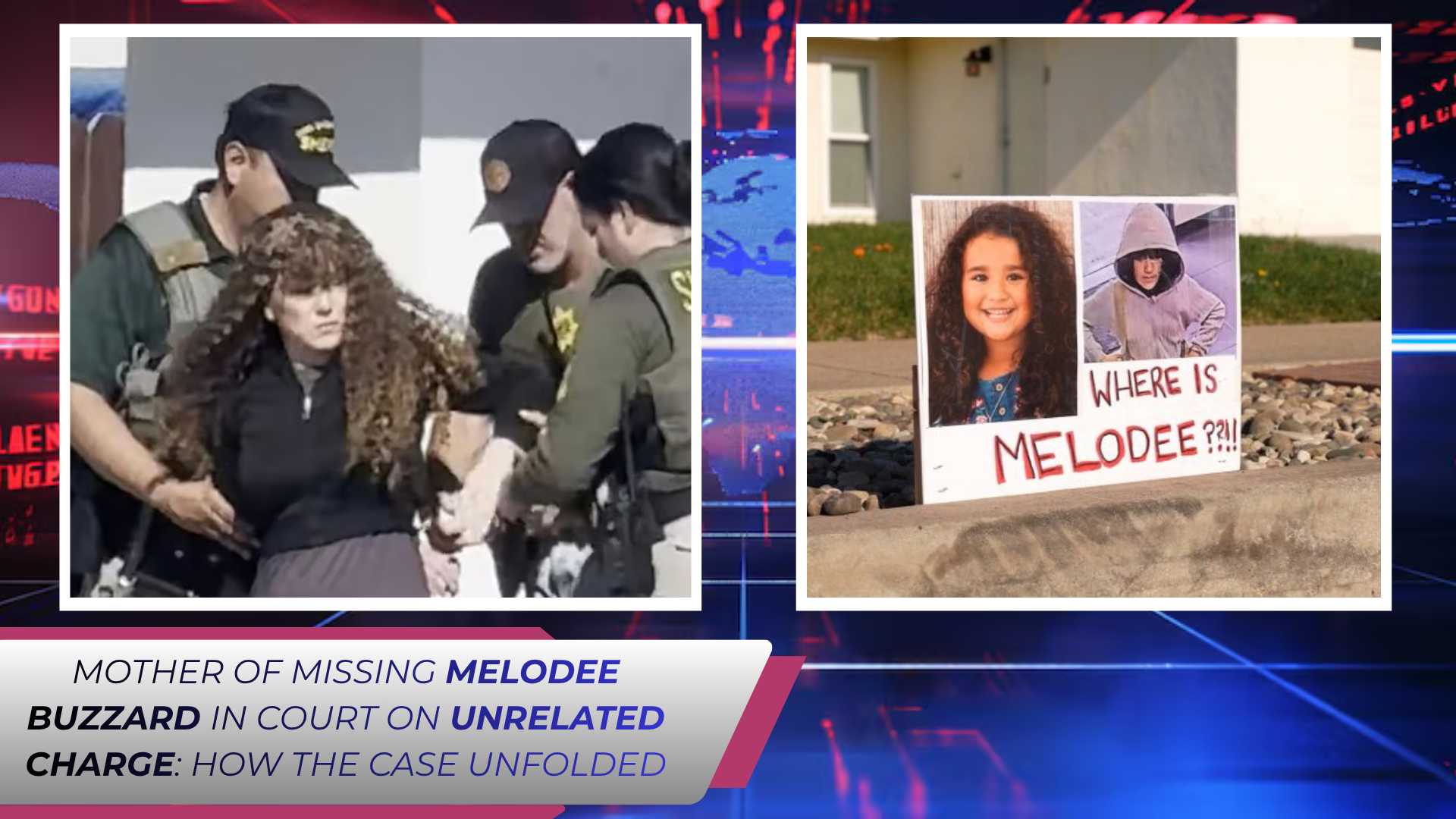Illicit medicines, defective electronics, falsified software, and counterfeit everyday goods are flooding international markets at alarming rates. What might appear to some as “low-level” crime is in fact a serious global threat, endangering lives, undermining economies, and destabilizing trust in both institutions and industries.
From counterfeit pharmaceuticals and substandard lithium-ion batteries to pirated books, films, and software, intellectual property (IP) crime has expanded across nearly every product sector. As these illicit goods infiltrate global supply chains, the challenges facing law enforcement and regulators continue to grow more complex.
To strengthen the global response, more than 450 participants from 70 countries and 230 organizations gathered at the 2025 International Law Enforcement IP Crime Conference held from September 30 to October 1 in Lyon, France. Under the theme “Working in Partnership to Advance Safety and Security,” the event brought together law enforcement leaders, policymakers, industry experts, and academics to share insights and develop new strategies against IP crime.
The annual conference, co-hosted by INTERPOL and UL Standards & Engagement (ULSE), was delivered by the INTERPOL Global Academy through the International IP Crime Investigators College (IIPCIC).
A Growing Global Challenge
At the conference, participants stressed that IP crime cannot be dismissed as minor wrongdoing. These crimes often fund organized criminal networks and intersect with corruption, human trafficking, and environmental damage. Counterfeiters rely on a low-risk, high-reward business model that threatens global stability.
INTERPOL Secretary General Valdecy Urquiza, in his opening remarks, emphasized the need to view IP crime through the lens of organized crime. He stated that dismantling counterfeit operations requires global collaboration, capacity building, and the ability to anticipate threats.
“IP crime poses profound threats, not only to industries but also to individuals and governments. It undermines innovation, creativity, and erodes public trust,” Urquiza said. “By strengthening networks and sharing expertise, we achieve one essential result: operational readiness.”
Similarly, Ian Saunders, Secretary General of the World Customs Organization, reinforced the importance of intelligence-sharing. “Only by working together can we enhance intelligence sharing, build capacities, and prevent counterfeit and dangerous goods from moving through the global trade ecosystem,” he noted.
Training and Partnerships at the Core
A central theme of the conference was innovative training and cross-border cooperation. ULSE President and CEO Jeff Marootian highlighted how training platforms like the IIPCIC are equipping law enforcement partners with state-of-the-art tools to intercept counterfeit goods before they reach consumers.
Through simulated operational environments, officers trained with immersive virtual reality scenarios, practicing how to identify counterfeit pharmaceuticals, assess fraudulent documentation, and neutralize threats. These hands-on methods mark a significant step forward in preparing officers for real-world enforcement.
As Marootian emphasized: “No country, agency, or organization can face these challenges alone.”
Key Topics and Emerging Risks
The conference covered a wide range of pressing issues related to IP crime:
- Environmental Damage: Counterfeit supply chains were shown to have devastating ecological consequences. Toxic by-products and hazardous waste are often dumped illegally, polluting soil, air, and water. Experts warned that counterfeit production bypasses environmental safeguards, creating risks not only for consumers but also for communities and ecosystems.
- Illicit Pharmaceuticals and Medical Devices: The trade in falsified medicines has surged worldwide. Earlier in 2025, Operation Pangea XVII—an INTERPOL-coordinated action across 90 countries—seized more than 50 million doses of fake pharmaceuticals worth an estimated USD 65 million. Delegates stressed that counterfeit drugs remain one of the most dangerous threats, undermining healthcare systems and putting countless lives at risk.
- Transport and Transit Risks: Counterfeit lithium-ion batteries were cited as a key hazard during shipping. Due to poor manufacturing standards and absent safety controls, these products carry high fire risks. The threat extends beyond consumers to transport workers, storage facilities, and critical infrastructure.
- Awards for Innovation: The IIPCIC Awards recognized organizations pioneering effective approaches. Dubai Police’s Virtual Technology Center was honored for its groundbreaking use of immersive technologies in investigations. Additionally, the Operation Archer team in Newport, UK was commended for leveraging civil recovery powers to disrupt large-scale IP crime networks.
Building a Safer Future
The 2025 conference highlighted that counterfeiting and piracy are not isolated offenses. They are deeply tied to transnational criminal activity, posing dangers to health, safety, and the environment. The solutions, as emphasized repeatedly, lie in partnerships, training, and innovation.
By creating opportunities for collaboration and by embracing advanced enforcement tools, the global community is building a united front against counterfeiters. Whether through shared intelligence networks, innovative investigative methods, or multinational enforcement operations, the focus is on readiness—being prepared not just to respond to crimes, but to prevent them before they spread.





.jpg)


